


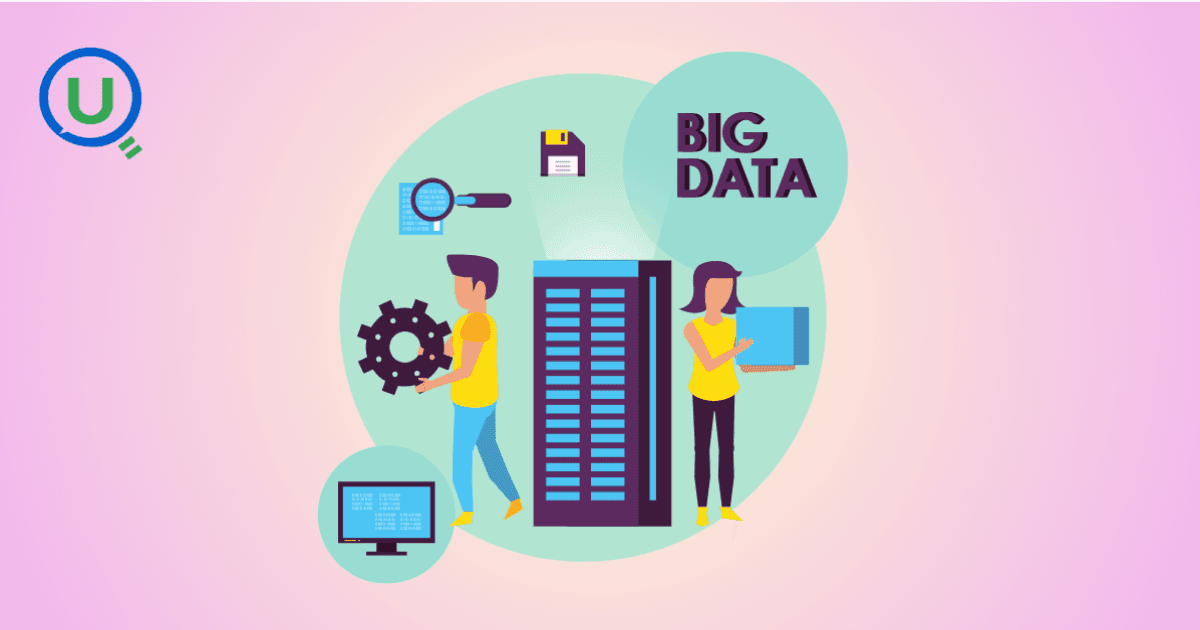
In today’s fast-paced digital landscape, data is everywhere. Every time you shop online, scroll through social media, use a GPS, or even just open an app, data is being generated. But this isn’t just any data—it’s Big Data. And understanding what Big Data is and why it plays a critical role in our digital world is more important than ever before. Businesses, governments, and even everyday people rely on it in ways we might not even realize.
So let’s break it down: What is Big Data, why is it such a big deal, and how is it shaping our present and future?
The term Big Data refers to extremely large sets of data that are collected from various sources at high speed and in different formats. These data sets are so massive and complex that traditional data processing tools just can’t handle them effectively.
When we ask “What is Big Data?”, it’s important to understand that it's more than just the size of data. It also includes the variety (different types of data), velocity (how fast it is generated), volume (the amount of data), and veracity (accuracy and quality). These are often called the 4 Vs of Big Data.
Examples of Big Data include:
Millions of daily social media posts and interactions
Online shopping behavior and transaction records
GPS and location tracking from mobile devices
Sensor data from smart homes and IoT devices
Medical records and patient monitoring systems
So, what is Big Data doing? It’s helping organizations gather deeper insights, improve decision-making, enhance customer experience, and even save lives in the healthcare industry.
Understanding what is Big Data is just the first step. What makes it truly powerful is how it is used to drive decisions, predict trends, and uncover hidden patterns. Here's how Big Data matters in different sectors:
Businesses use Big Data to analyze customer behavior, preferences, and buying habits. By studying large sets of customer data, companies can personalize their marketing strategies, improve their products, and boost customer satisfaction.
For example, online platforms like Amazon and Netflix use Big Data to make personalized recommendations based on your past purchases or viewing history. This level of customization increases customer loyalty and drives more sales.
Big Data is transforming healthcare by making patient care smarter and more efficient. Hospitals and researchers use Big Data analytics to identify health trends, improve diagnoses, and even predict disease outbreaks.
During the COVID-19 pandemic, Big Data played a crucial role in tracking the virus’s spread, evaluating treatment effectiveness, and allocating resources efficiently.
In the financial world, Big Data helps detect fraud, assess credit risk, and provide personalized banking services. Algorithms can process thousands of transactions per second to identify unusual behavior and flag potential fraud.
Educational institutions use Big Data to monitor student performance, personalize learning experiences, and improve educational outcomes. For example, data from online learning platforms can help teachers understand which topics students are struggling with and adjust the curriculum accordingly.
Governments are using Big Data to develop smart cities that are more efficient and livable. From traffic management and energy usage to waste collection and public safety, data-driven systems are making urban areas more sustainable.
So, what is Big Data doing for the world? It’s not just shaping industries—it’s improving how we live, work, and interact every day.
Now that we know what is Big Data, let’s understand how it’s collected and analyzed. Data comes from many sources:
Social media platforms
Mobile applications
Sensors and IoT devices
Business transactions
Web browsing history
Emails, images, audio, and video files
Once collected, Big Data is stored in massive databases known as data lakes or data warehouses. Special tools and platforms like Hadoop, Spark, and cloud-based systems are used to process and analyze the data.
Data scientists and analysts use advanced techniques like machine learning, artificial intelligence, and predictive analytics to make sense of the data. This helps in drawing meaningful insights that guide decision-making and innovation.
As exciting as Big Data is, it also comes with concerns about privacy, security, and ethics. When we think about what is Big Data, we must also think about how responsibly it is used.
Big Data involves collecting personal and sensitive information, such as location, health records, and browsing history. This raises several ethical questions:
Is the data being used with the user's consent?
Are companies protecting user privacy?
How is the data secured from hackers or misuse?
To address these concerns, many governments have introduced data protection laws like the GDPR (General Data Protection Regulation) in Europe and similar laws in other countries. Companies are also investing in cybersecurity and ethical data handling practices.
The future of Big Data will depend on how well we can balance innovation with responsibility.
The evolution of Big Data is just beginning. As technology grows, so does our ability to gather and analyze even more complex data. Here are a few trends that show where Big Data is heading:
Real-time data analytics: Businesses are shifting from analyzing historical data to real-time analysis for quicker decisions.
AI and automation: Artificial intelligence will automate data processing and deliver faster, smarter insights.
Edge computing: Instead of sending all data to a central server, edge computing processes data on devices closer to the source—like smartwatches or home assistants.
Data democratization: Tools are being developed to make Big Data more accessible to non-experts, so everyone in a business can make data-driven decisions.
In short, what is Big Data today will be even more powerful tomorrow.
So, what is Big Data in today’s digital world? It’s a powerful tool that helps us make sense of massive amounts of information. From shaping how businesses market their products to helping doctors diagnose diseases faster, Big Data is changing the way we live and work.
As digital transformation continues, the importance of Big Data will only grow. But as we collect and use more data, we must also be mindful of ethics, security, and user rights.
At Enqurious, we understand the power of data in driving meaningful growth. As a company focused on modern business solutions, Enqurious leverages smart analytics and digital innovation to help businesses tap into the potential of Big Data. Whether it’s optimizing customer engagement, improving decision-making, or simplifying complex data problems, Enqurious is committed to guiding companies through the digital age with intelligence, integrity, and insight. Talk to an expert today and see how Enqurious can work for you!

A practical walkthrough of how I reduced heavy batch workloads using Change Data Feed (CDF) in Databricks. This blog shows how CDF helps process only updated records, cutting compute costs and boosting pipeline efficiency.

I dropped a table in Snowflake, then queried to verify it was gone. The system said it doesn't exist, but also showed it consuming 3.57 MB. That contradiction led me down a rabbit hole of metadata delays, missing commands, and hidden costs. Here's what I discovered.
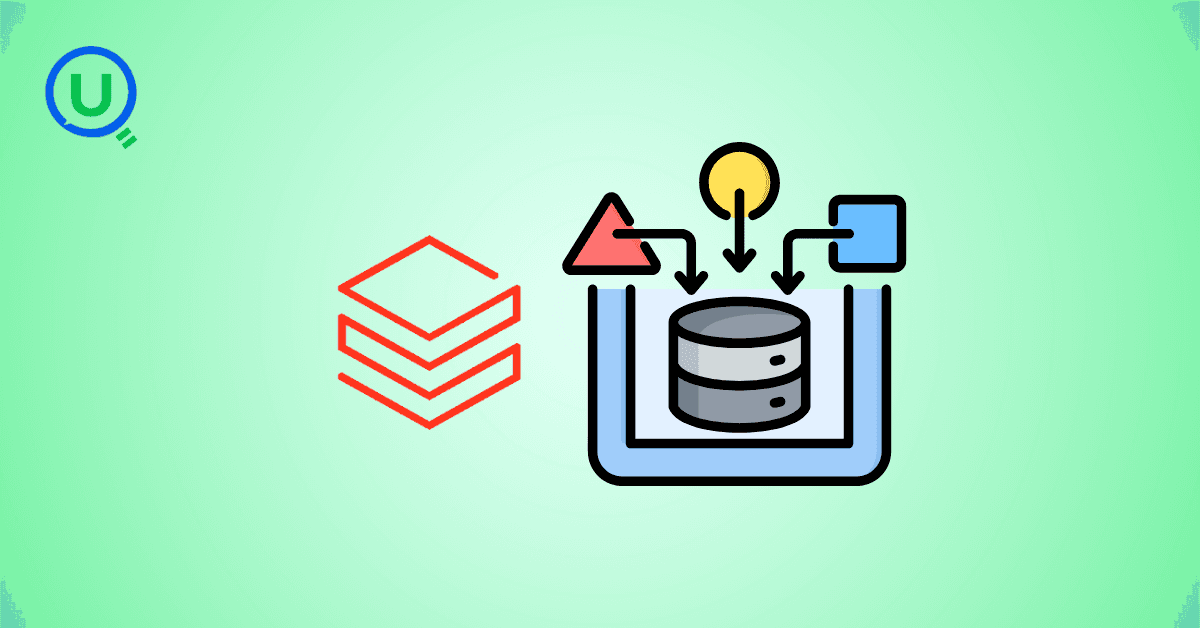
The AI industry has a security problem: data scientists aren't trained in security, ML engineers are working with black-box models, and security pros don't understand GenAI. Learn about the frameworks and tools bridging this gap—from Llama Guard to Databricks' safety features.
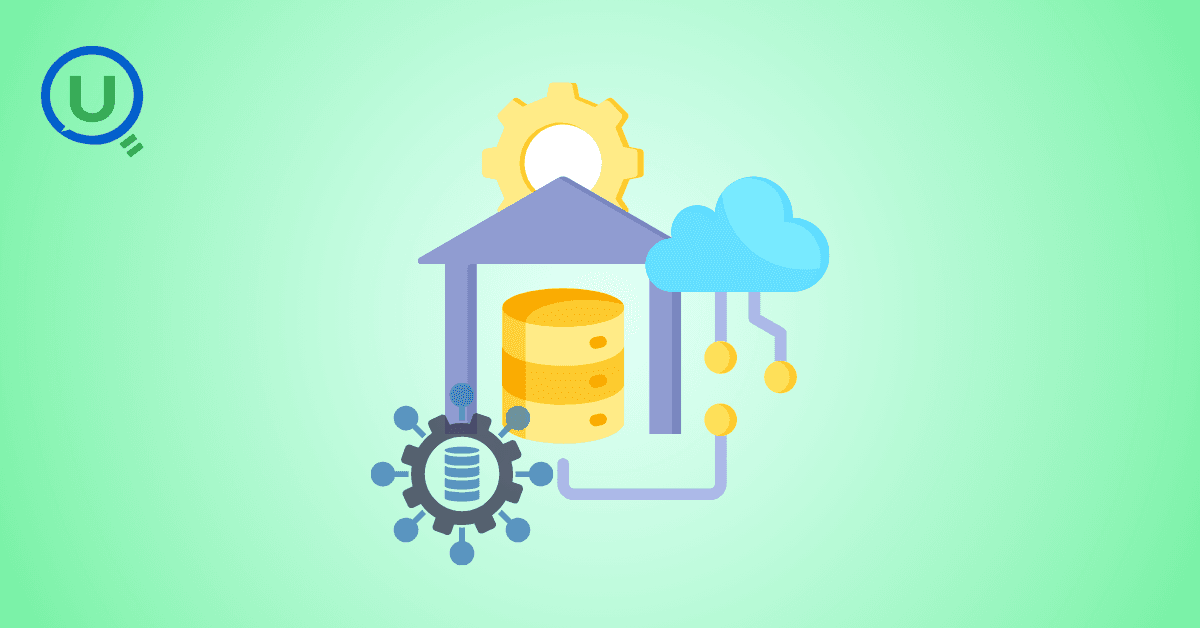
Why DELETE isn’t enough under GDPR, and how Time Travel can make sensitive data reappear unless VACUUM is used correctly.

This blog shares my personal journey into Snowflake Gen AI, from early confusion to hands-on clarity. It offers practical study tips, common pitfalls, and guidance to help you prepare effectively and understand Snowflake’s evolving AI capabilities.

Started scrolling Instagram at 2 AM. Saw Cloudflare memes. Fell down a 4-hour research rabbit hole. Discovered that AND database = 'default' could have prevented the whole thing. My sleep schedule is ruined but at least I understand distributed systems now.

Discover the top 10 data pipeline tools every data engineer should know in 2025. From Airflow to Fivetran, learn how each tool powers modern data workflows, supports real-time analytics, and scales across cloud ecosystems.
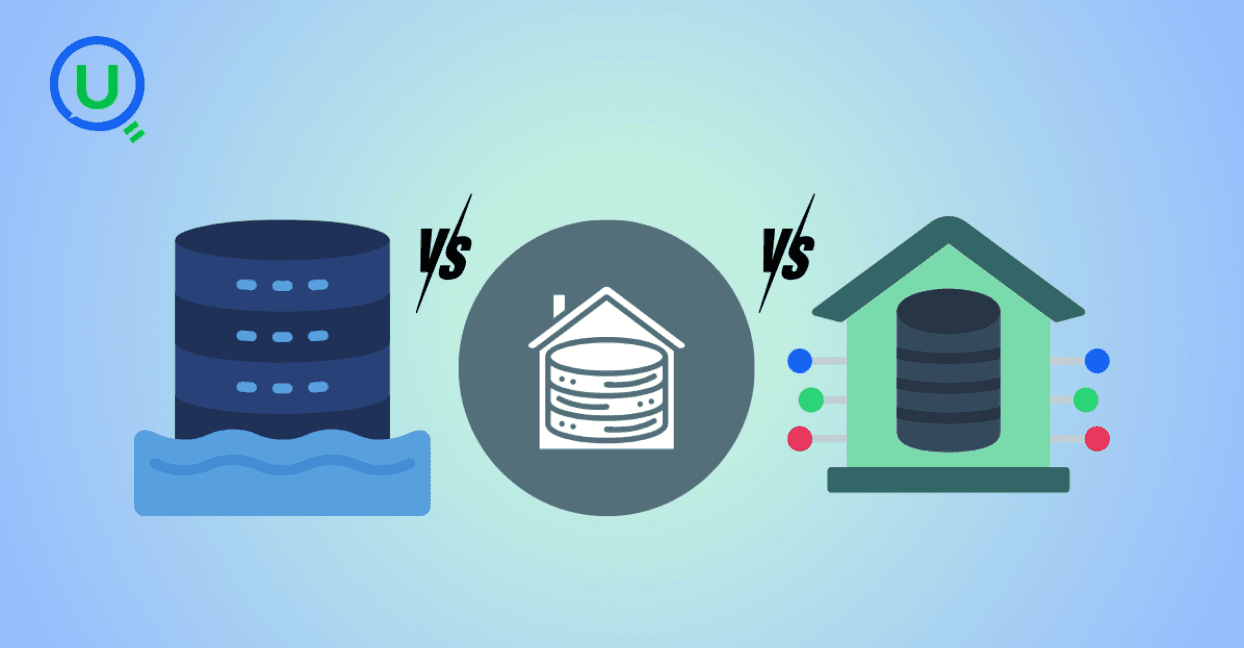
Confused between a data lake, data warehouse, and data mart? Discover key differences, real-world use cases, and when to use each architecture. Learn how to build a modern, layered data strategy for scalability, governance, and business insights.
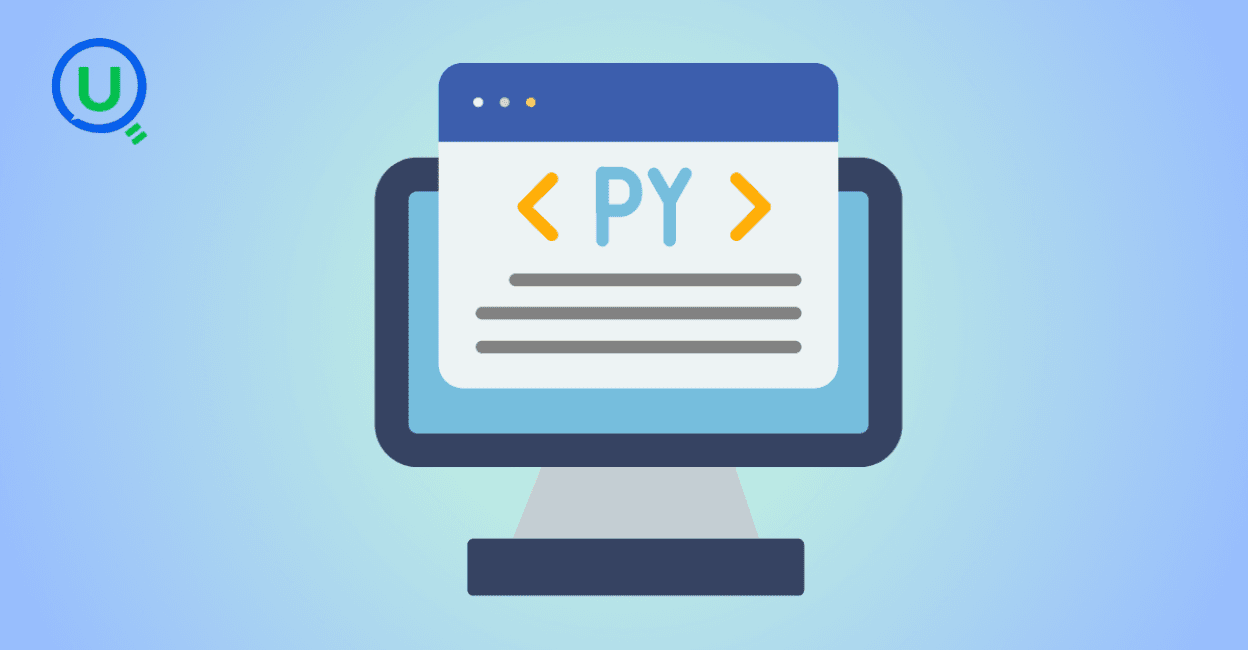
Explore what syntax means in the world of data and AI—from SQL and Python to JSON and APIs. Learn why syntax matters, common errors, real-world examples, and essential best practices for data engineers, analysts, and AI developers in 2025.
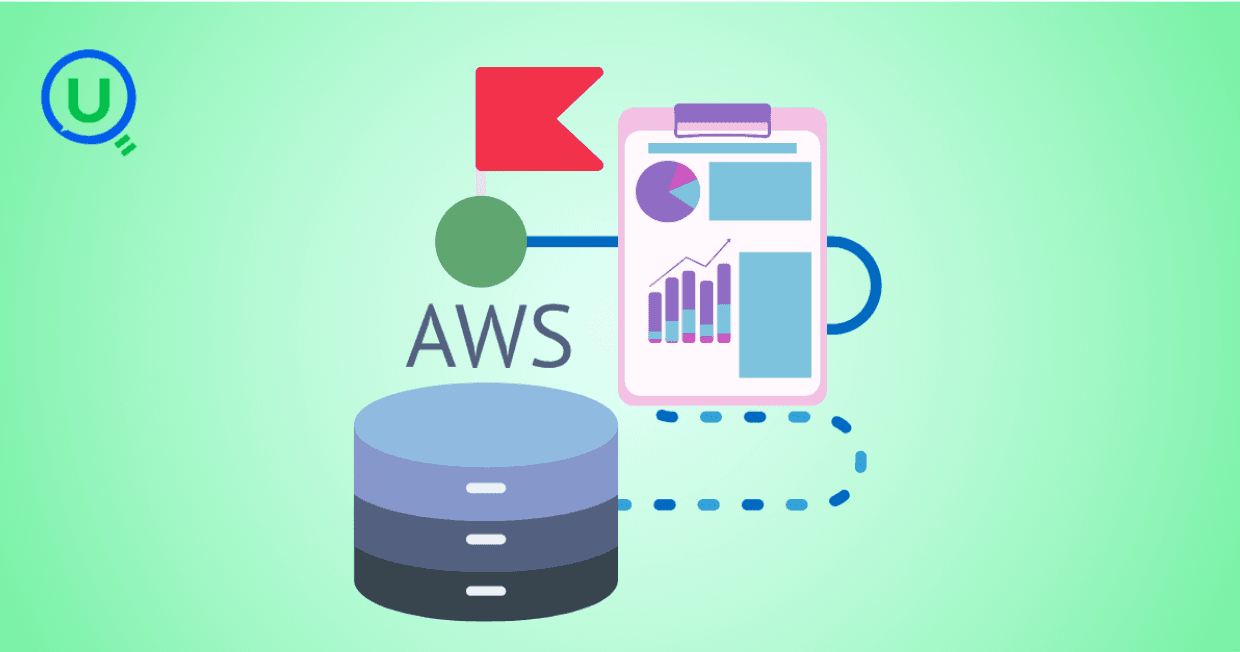
Discover how AWS Data Pipeline helps automate data movement and transformation across AWS services like S3, Redshift, and EMR. Learn its key features, benefits, limitations, and how it compares to modern tools like AWS Glue and MWAA.
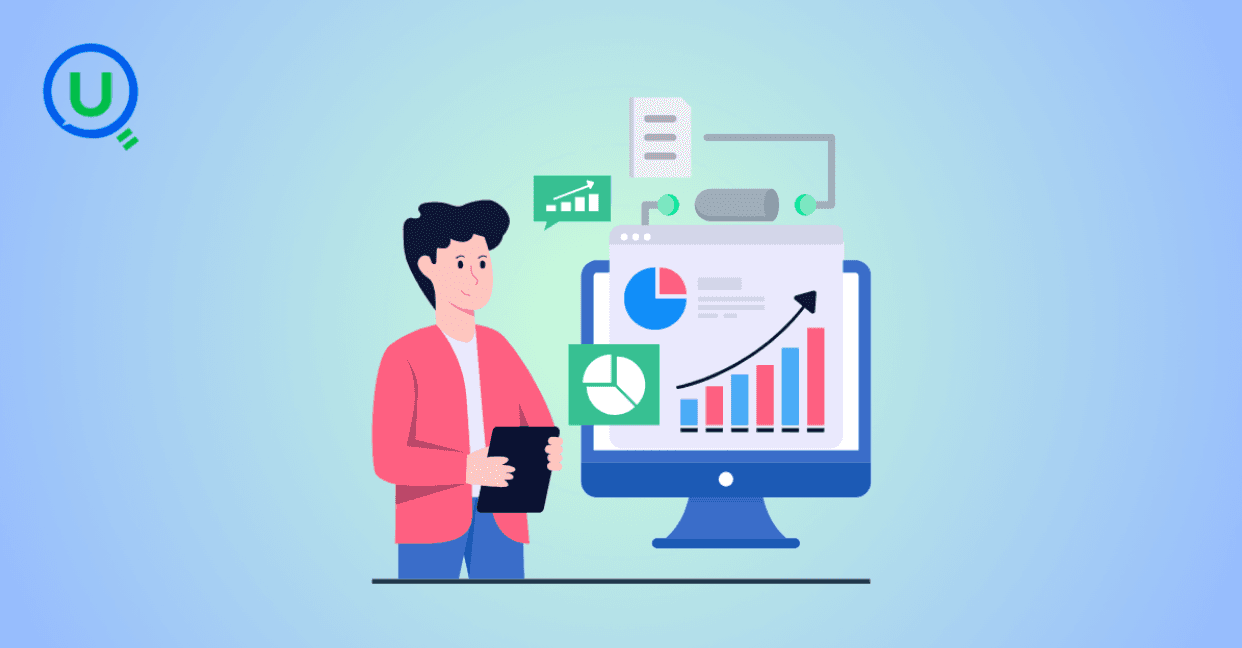
Learn how to build scalable and secure data pipeline architectures in 2024 with best practices, modern tools, and intelligent design. Explore key pillars like scalability, security, observability, and metadata tracking to create efficient and future-proof data workflows.
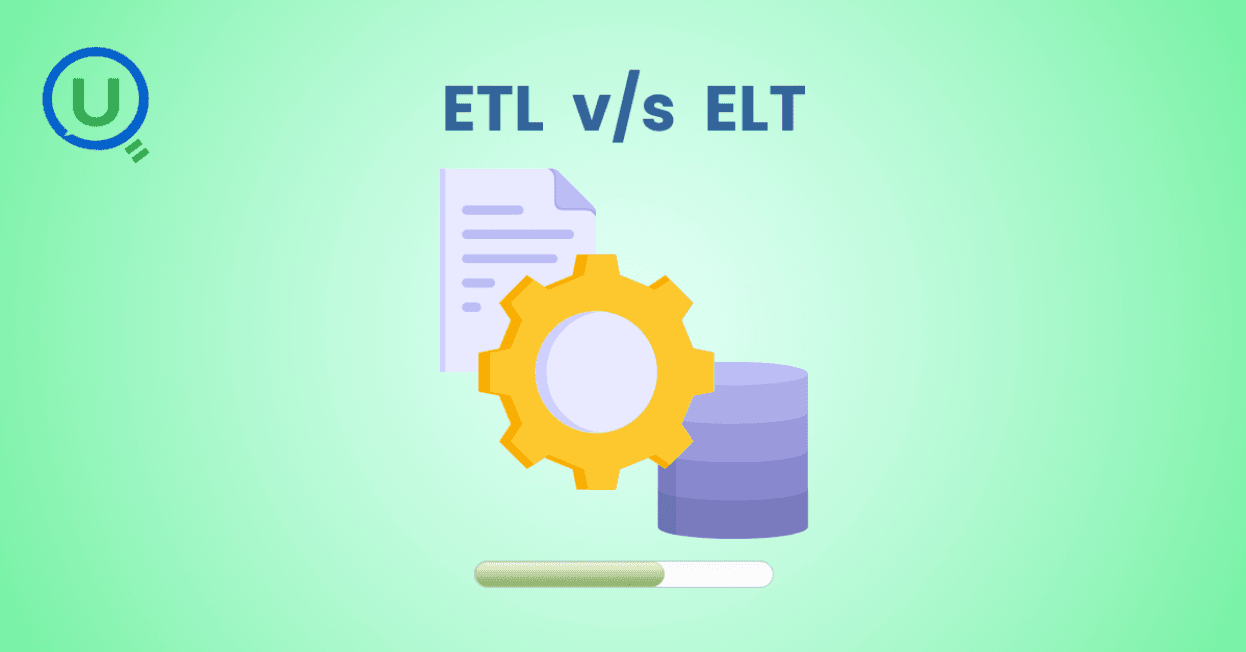
Explore the key differences between ETL and ELT data integration methods in this comprehensive guide. Learn when to choose each approach, their use cases, and how to implement them for efficient data pipelines, real-time analytics, and scalable solutions.
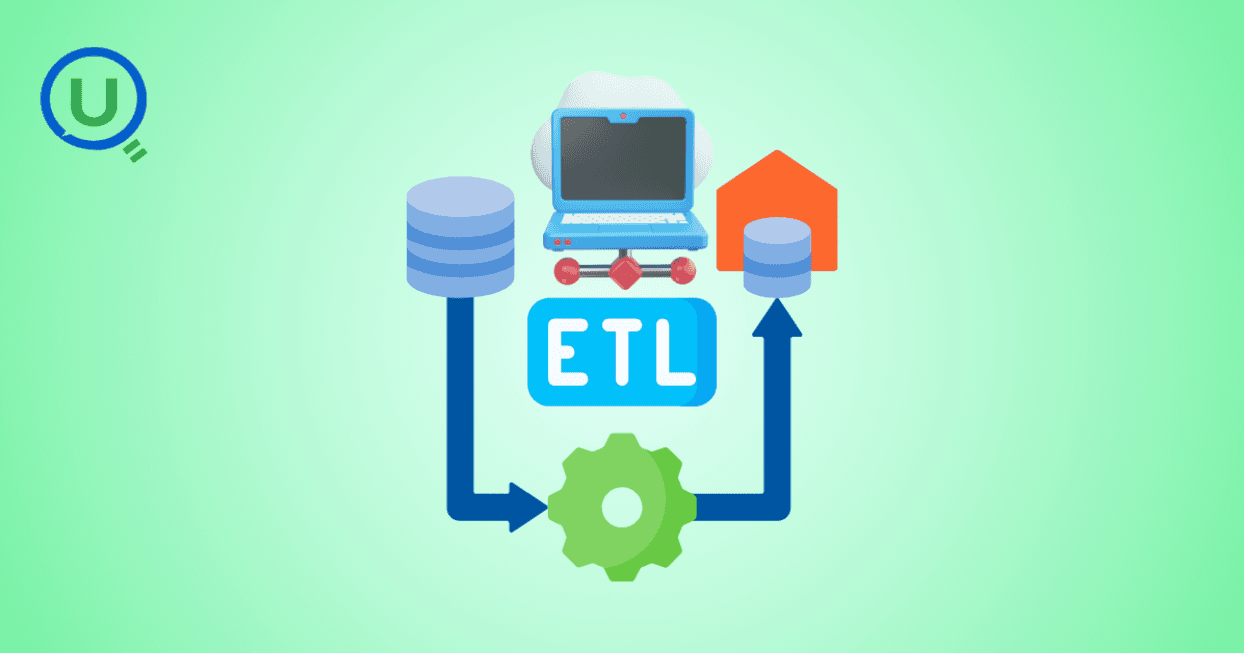
Learn the essential role of ETL (Extract, Transform, Load) in data engineering. Understand the three phases of ETL, its benefits, and how to implement effective ETL pipelines using modern tools and strategies for better decision-making, scalability, and data quality.
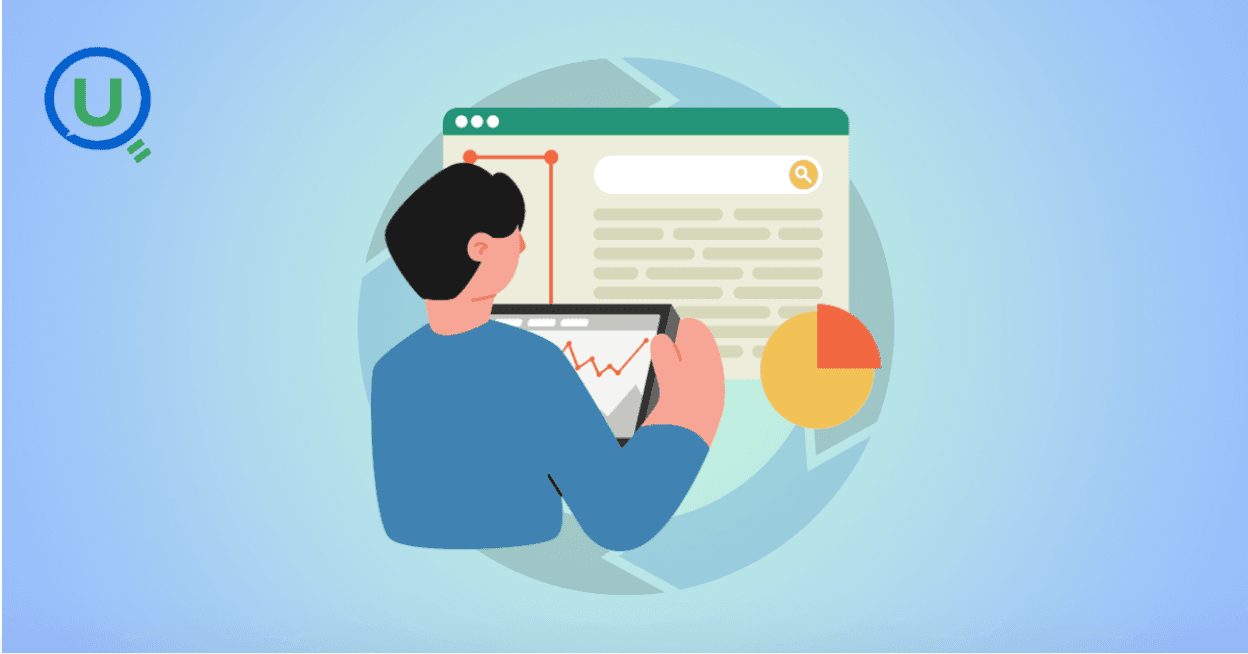
Discover why data orchestration and analysis are essential for modern data systems. Learn how automation tools streamline data workflows, boost insights, and scale with your business
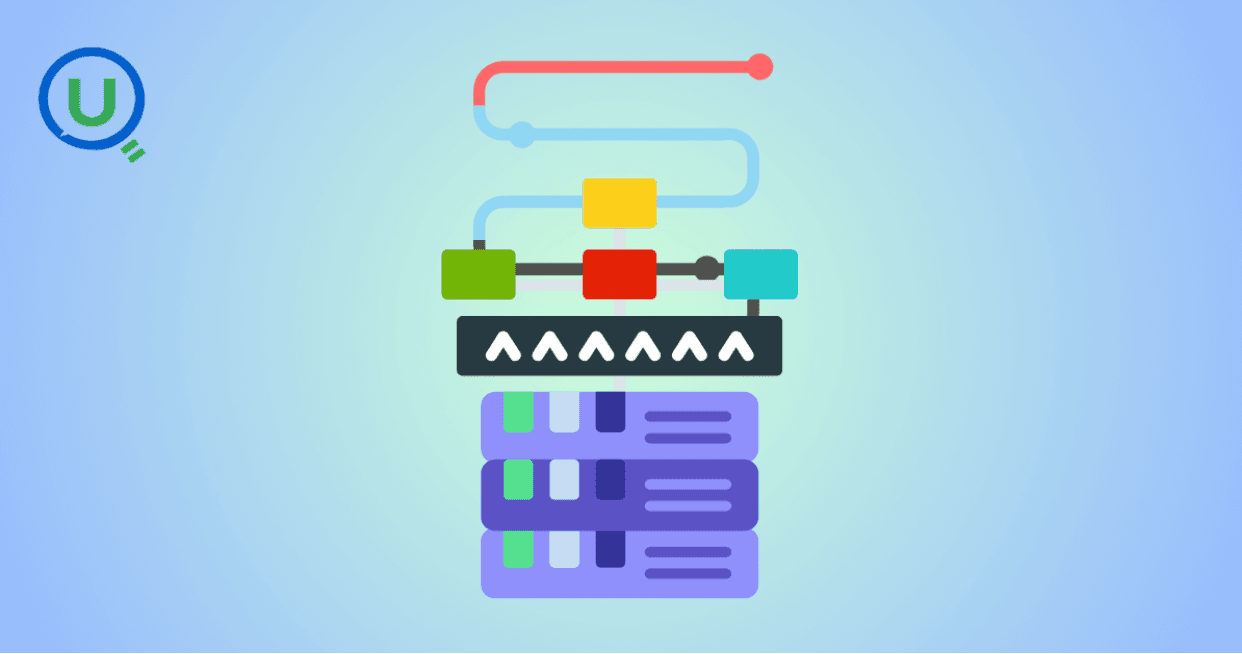
Learn what a data ingestion pipeline is, why it's vital for modern analytics, and how to design scalable, real-time pipelines to power your data systems effectively.
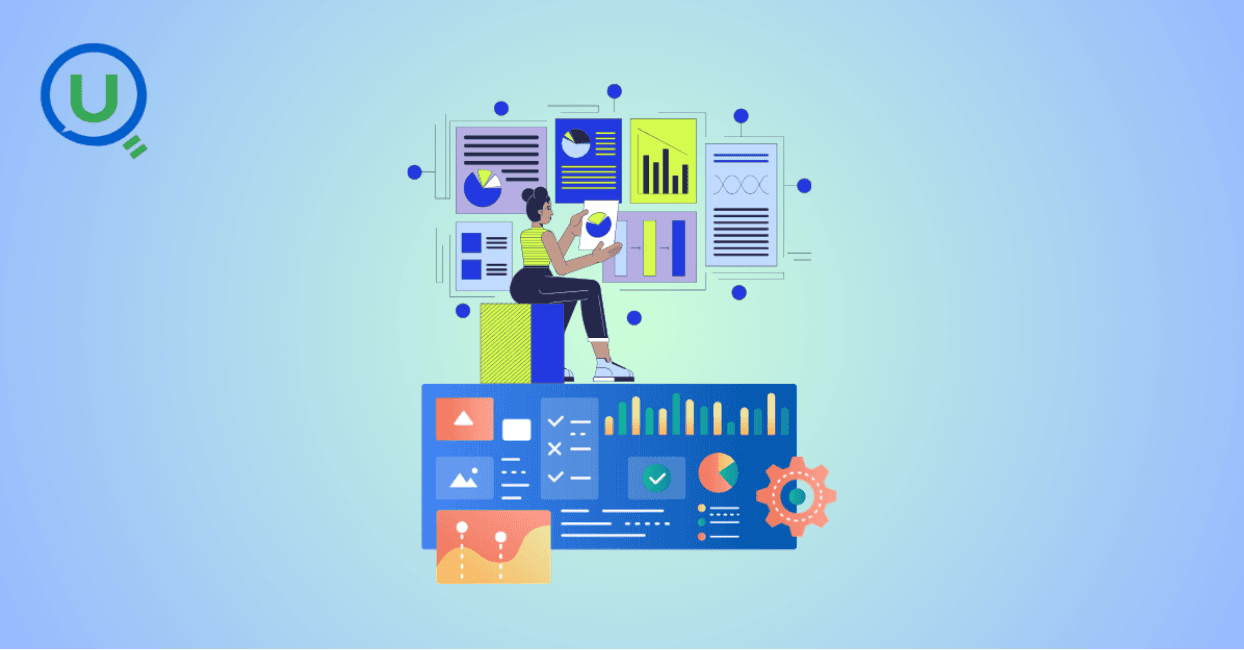
Discover the top 15 data warehouse tools for scalable data management in 2024. Learn how to choose the right platform for analytics, performance, and cost-efficiency.
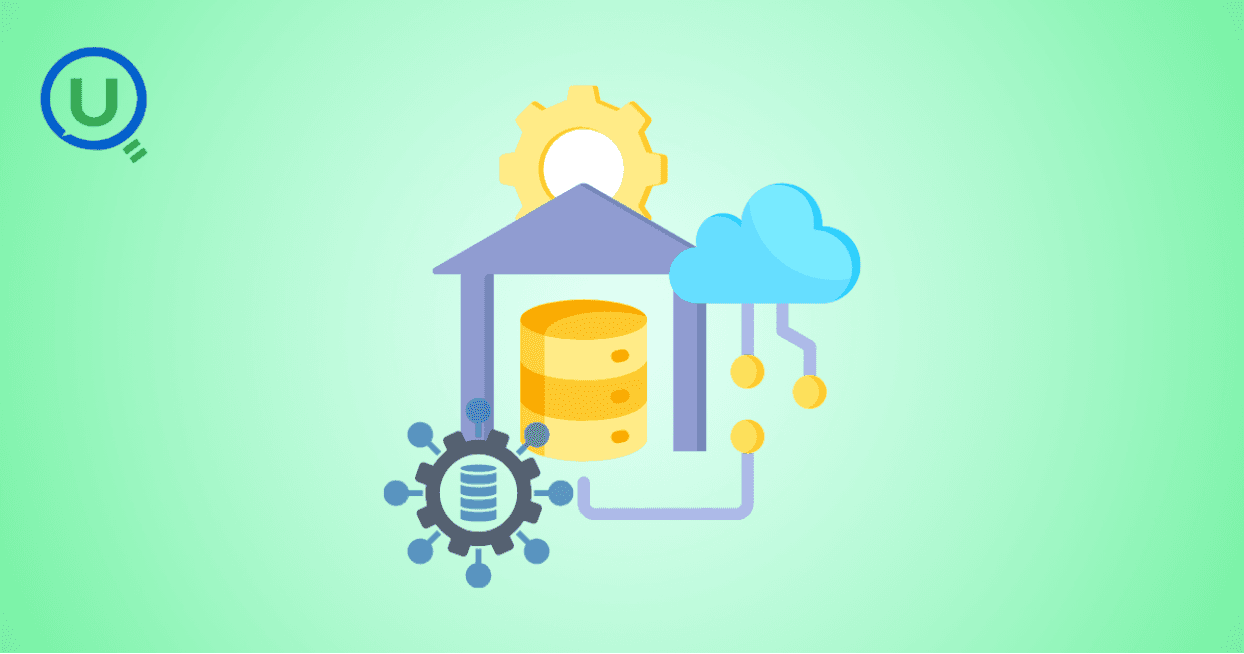
Confused between a data mart and a data warehouse? Learn the key differences, use cases, and how to choose the right data architecture for your business. Explore best practices, real-world examples, and expert insights from Enqurious.
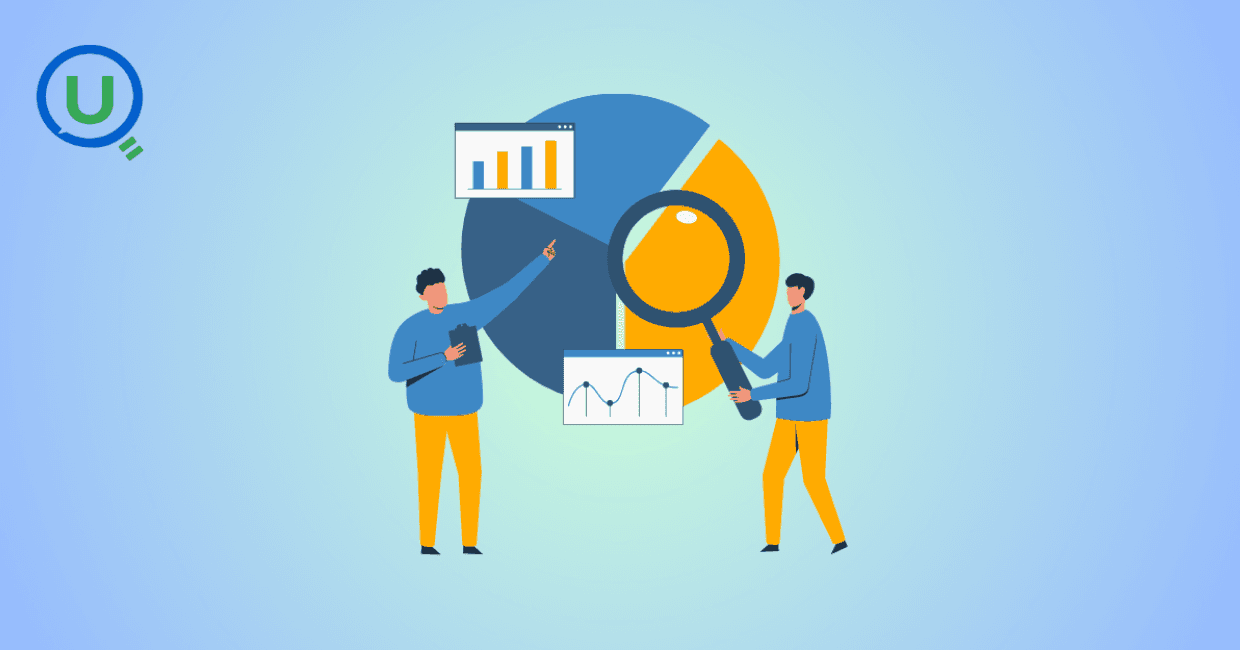
Discover the top 10 predictive analytics tools to know in 2025—from SAS and Google Vertex AI to RapidMiner and H2O.ai. Learn why predictive analytics is essential for modern businesses and how to choose the right tool for your data strategy.
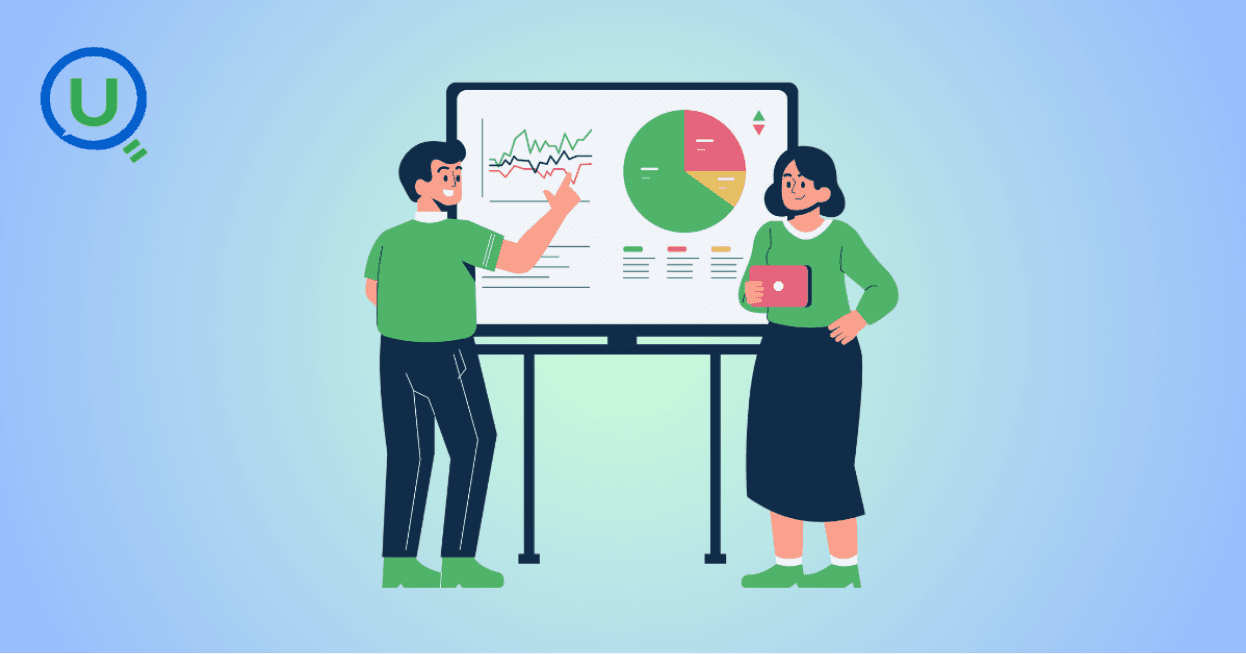
Explore the key differences between descriptive and predictive analytics, and learn how both can drive smarter decision-making. Discover how these analytics complement each other to enhance business strategies and improve outcomes in 2025 and beyond.
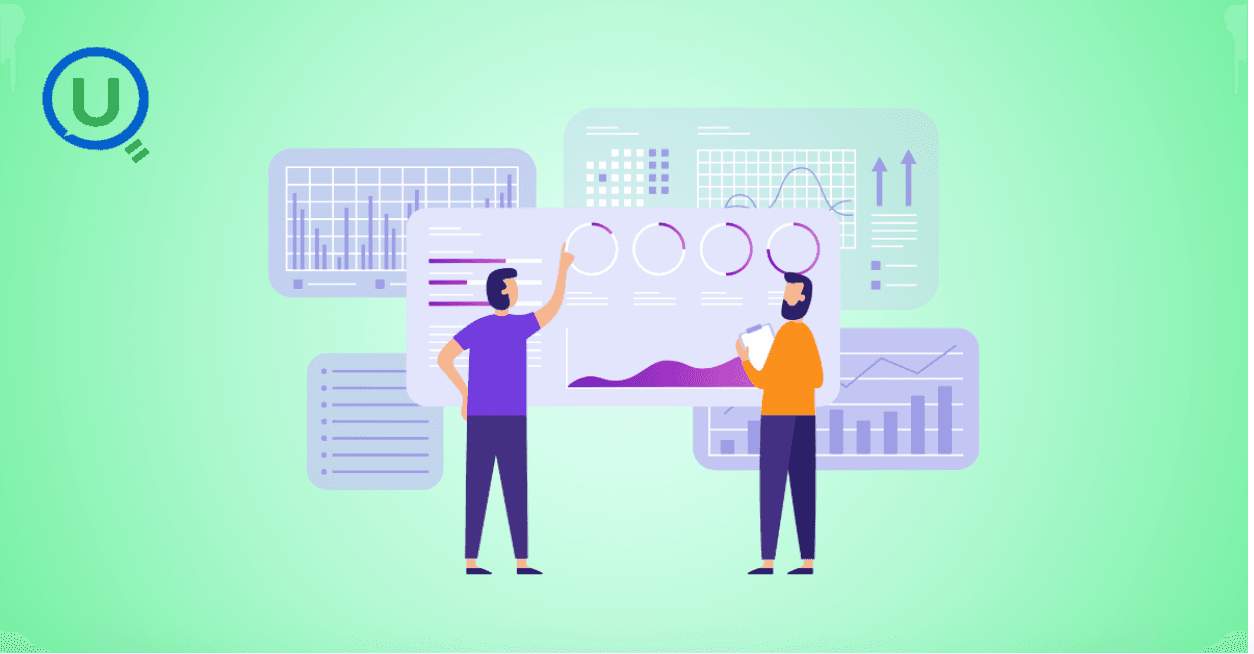
Explore the key differences between predictive and prescriptive analytics, and learn how both can drive smarter decisions, enhance agility, and improve business outcomes. Discover real-world applications and why mastering both analytics approaches is essential for success in 2025 and beyond.
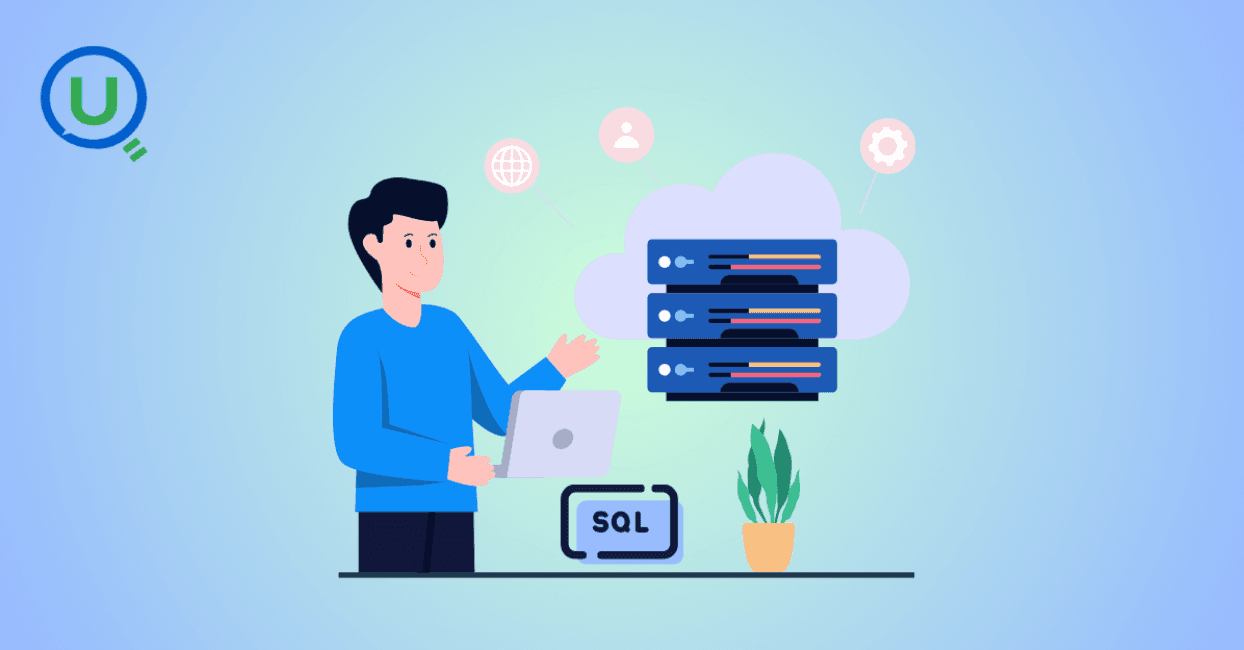
Compare PostgreSQL vs SQL Server in this comprehensive guide. Learn the key differences, strengths, and use cases to help you choose the right database for your business needs, from cost to performance and security.
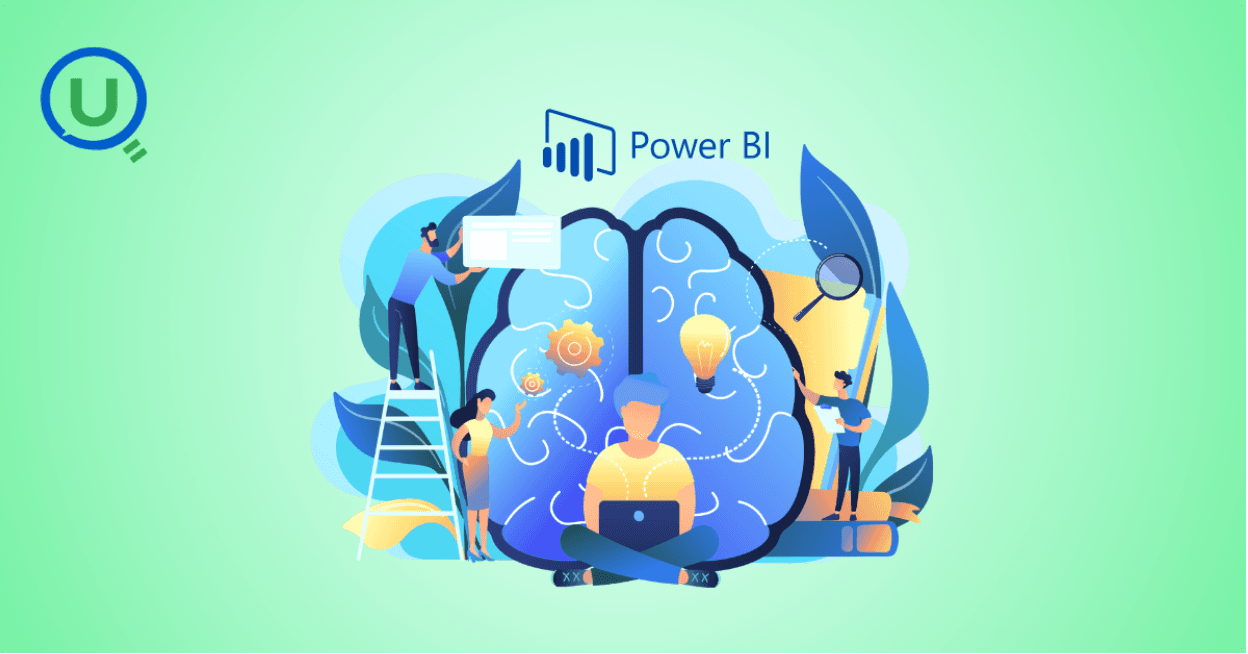
Learn what Power BI is and how it works in this beginner's guide. Discover its key features, components, benefits, and real-world applications, and how it empowers businesses to make data-driven decisions.

Explore what a Business Intelligence Engineer does—from building data pipelines to crafting dashboards. Learn key responsibilities, tools, and why this role is vital in a data-driven organization.
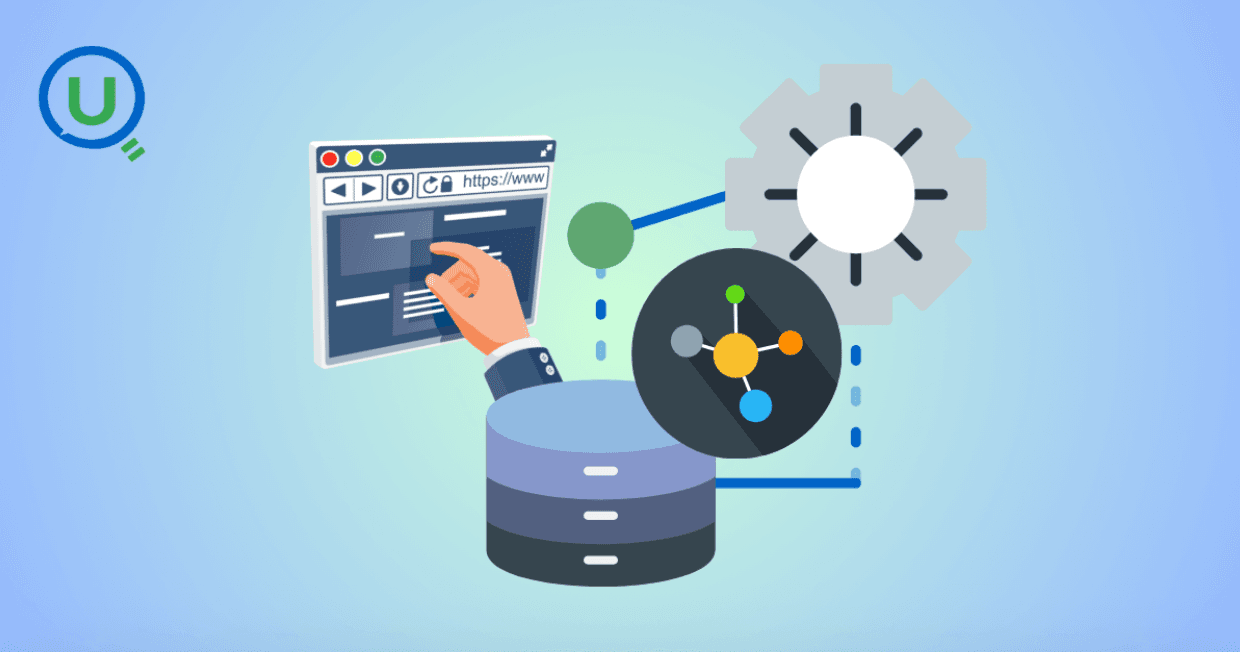
Discover why data lineage is essential in today’s complex data ecosystems. Learn how it boosts trust, compliance, and decision-making — and how Enqurious helps you trace, govern, and optimize your data journeys.
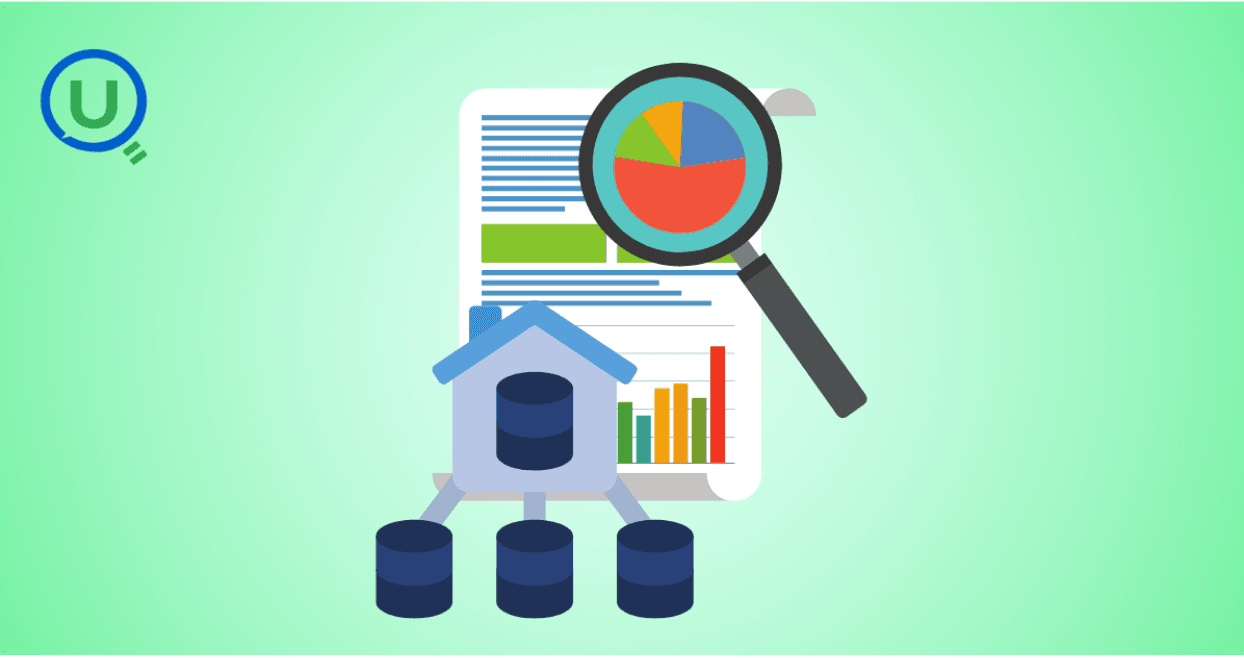
Learn what a data mart is, its types, and key benefits. Discover how data marts empower departments with faster, targeted data access for improved decision-making, and how they differ from data warehouses and data lakes.

Master data strategy: Understand data mart vs data warehouse key differences, benefits, and use cases in business intelligence. Enqurious boosts your Data+AI team's potential with data-driven upskilling.
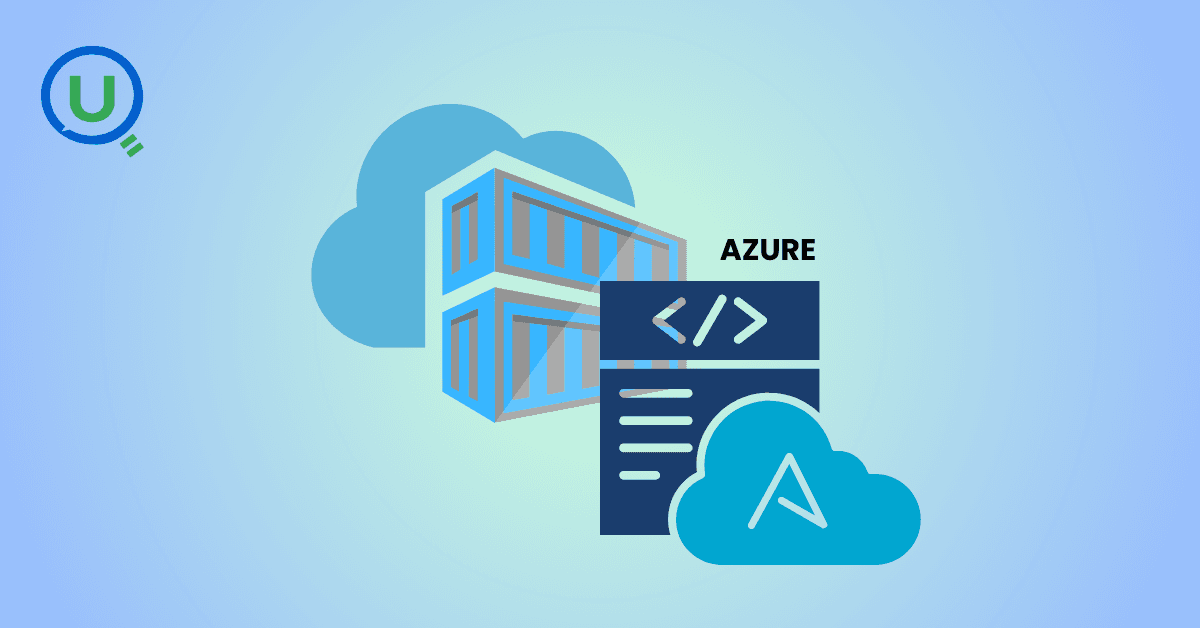
Learn what Azure Data Factory (ADF) is, how it works, and why it’s essential for modern data integration, AI, and analytics. This complete guide covers ADF’s features, real-world use cases, and how it empowers businesses to streamline data pipelines. Start your journey with Azure Data Factory today!
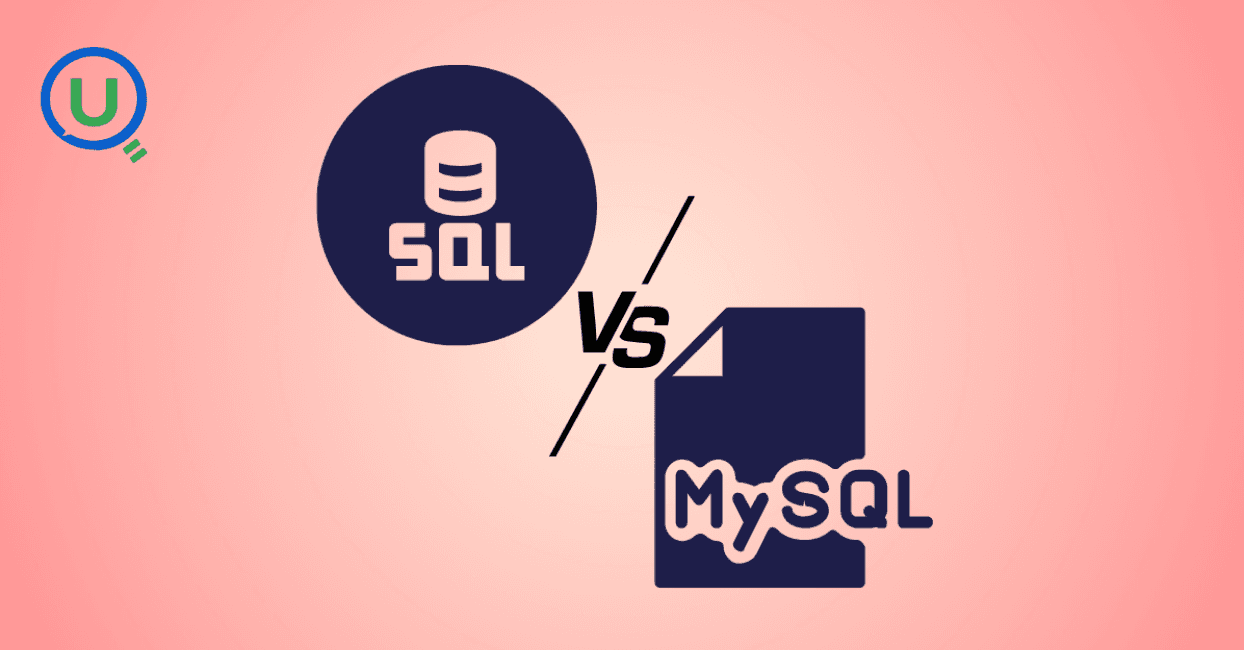
Discover the key differences between SQL and MySQL in this comprehensive guide. Learn about their purpose, usage, compatibility, and how they work together to manage data. Start your journey with SQL and MySQL today with expert-led guidance from Enqurious!
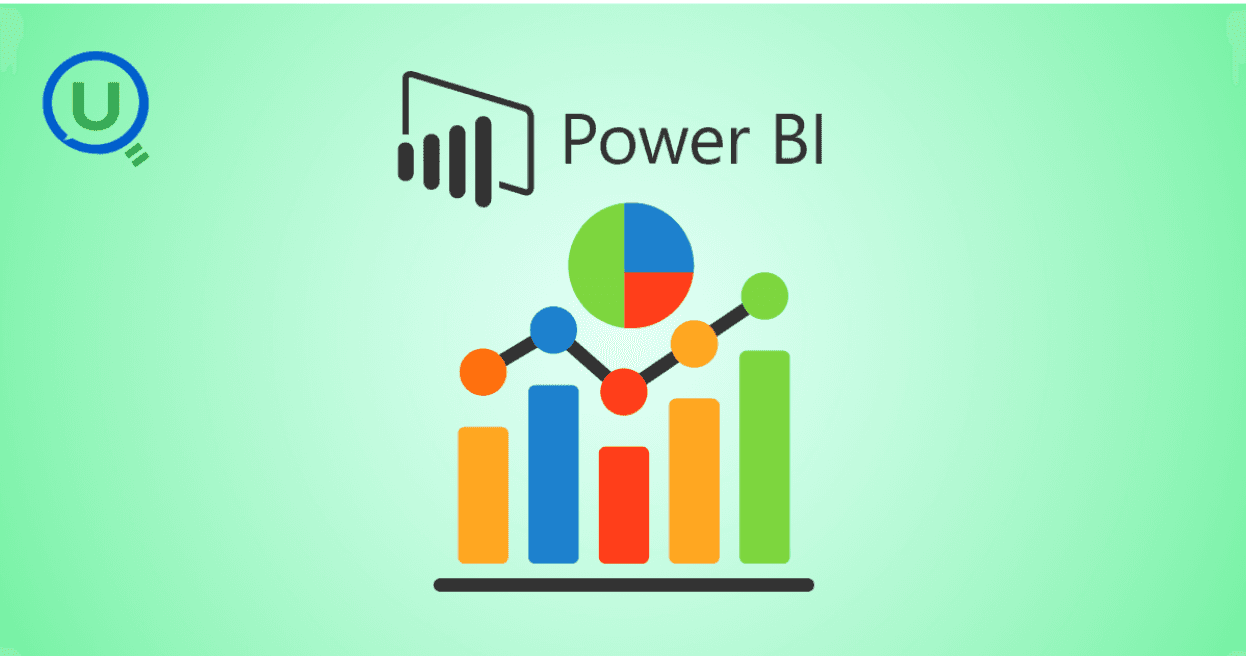
Learn Power BI from scratch in 2025 with this step-by-step guide. Explore resources, tips, and common mistakes to avoid as you master data visualization, DAX, and dashboard creation. Start your learning journey today with Enqurious and gain hands-on training from experts!
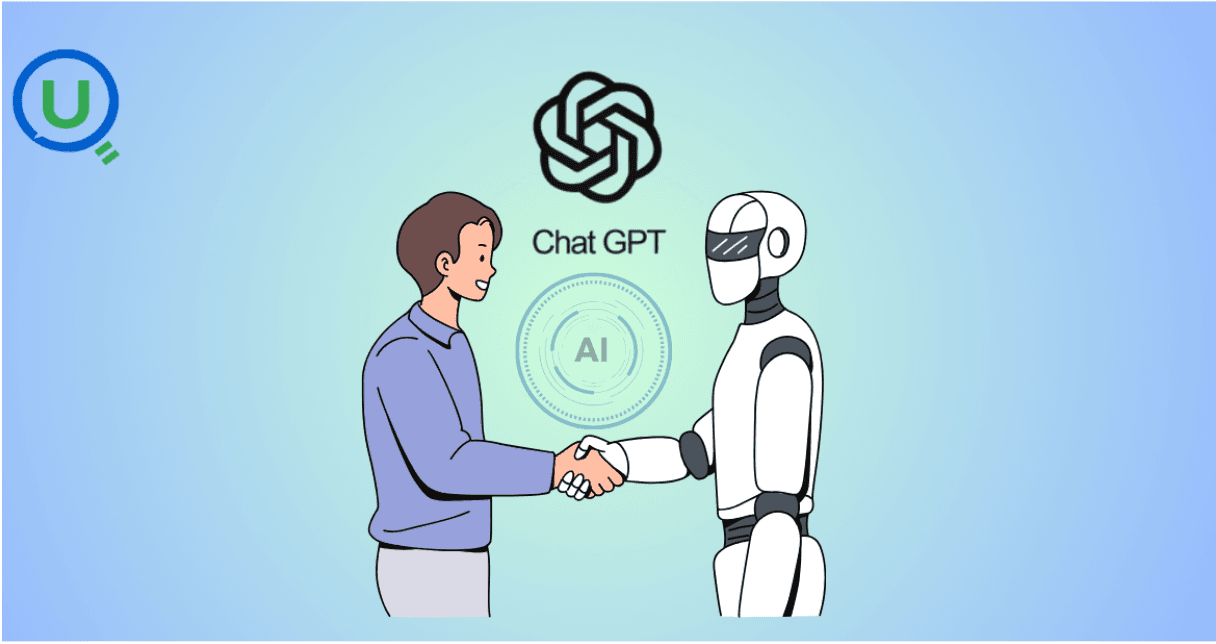
AI tools like ChatGPT are transforming clinical data management by automating data entry, enabling natural language queries, detecting errors, and simplifying regulatory compliance. Learn how AI is enhancing efficiency, accuracy, and security in healthcare data handling.
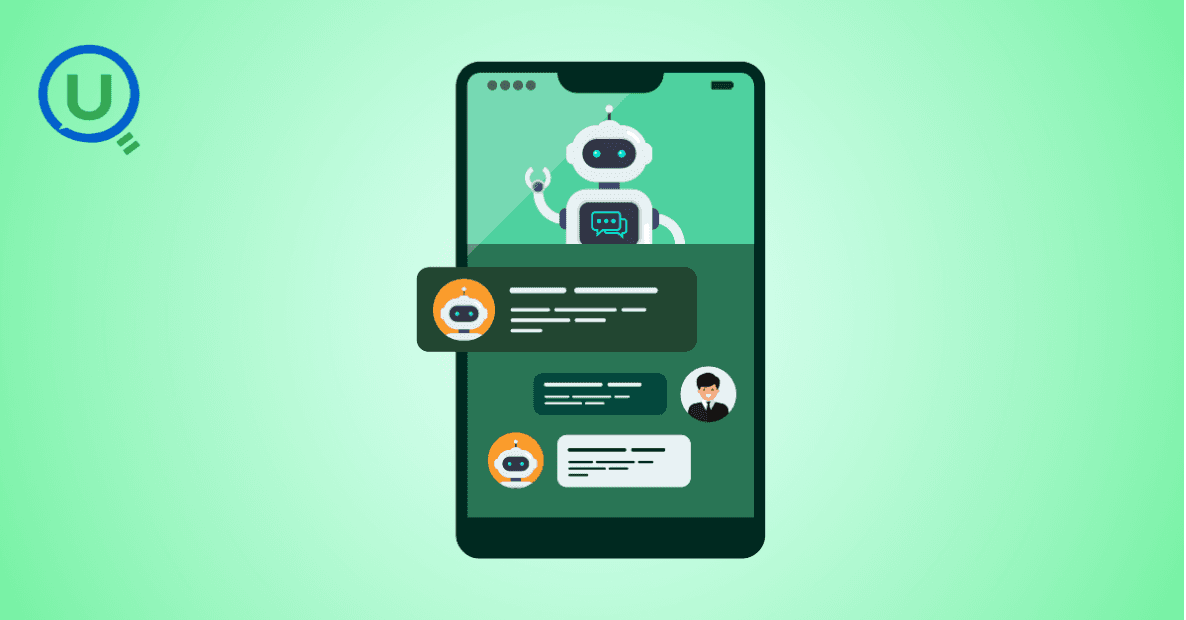
Discover the power of prompt engineering and how it enhances AI interactions. Learn the key principles, real-world use cases, and best practices for crafting effective prompts to get accurate, creative, and tailored results from AI tools like ChatGPT, Google Gemini, and Claude.

Learn what a Logical Data Model (LDM) is, its key components, and why it’s essential for effective database design. Explore how an LDM helps businesses align data needs with IT implementation, reducing errors and improving scalability.
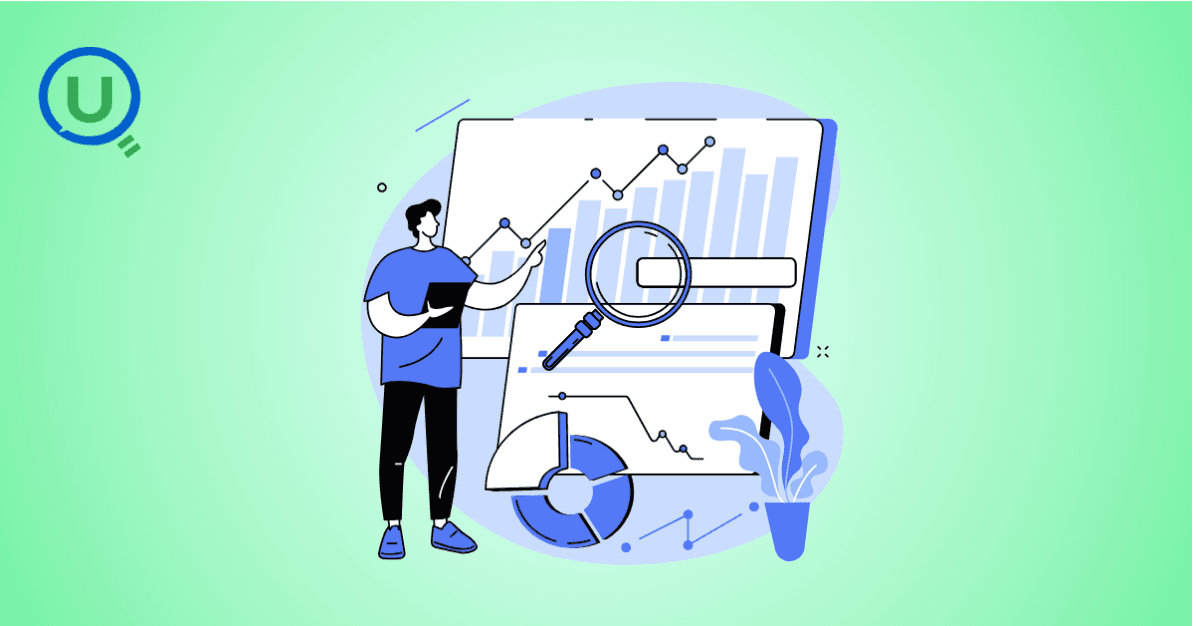
Discover the power of a Canonical Data Model (CDM) for businesses facing complex data integration challenges. Learn how CDM simplifies communication between systems, improves data consistency, reduces development costs, and enhances scalability for better decision-making.

Discover the 10 essential benefits of Engineering Data Management (EDM) and how it helps businesses streamline workflows, improve collaboration, ensure security, and make smarter decisions with technical data.

Explore how vibe coding is transforming programming by blending creativity, collaboration, and technology to create a more enjoyable, productive, and human-centered coding experience.

Learn how Azure Databricks empowers data engineers to build optimized, scalable, and reliable data pipelines with features like Delta Lake, auto-scaling, automation, and seamless collaboration.

Explore the top 10 data science trends to watch out for in 2025. From generative AI to automated machine learning, discover how these advancements are shaping the future of data science and transforming industries worldwide.

Discover the key differences between data scientists and data engineers, their roles, responsibilities, and tools. Learn how Enqurious helps you build skills in both fields with hands-on, industry-relevant learning.

Discover the 9 essential steps to effective engineering data management. Learn how to streamline workflows, improve collaboration, and ensure data integrity across engineering teams.
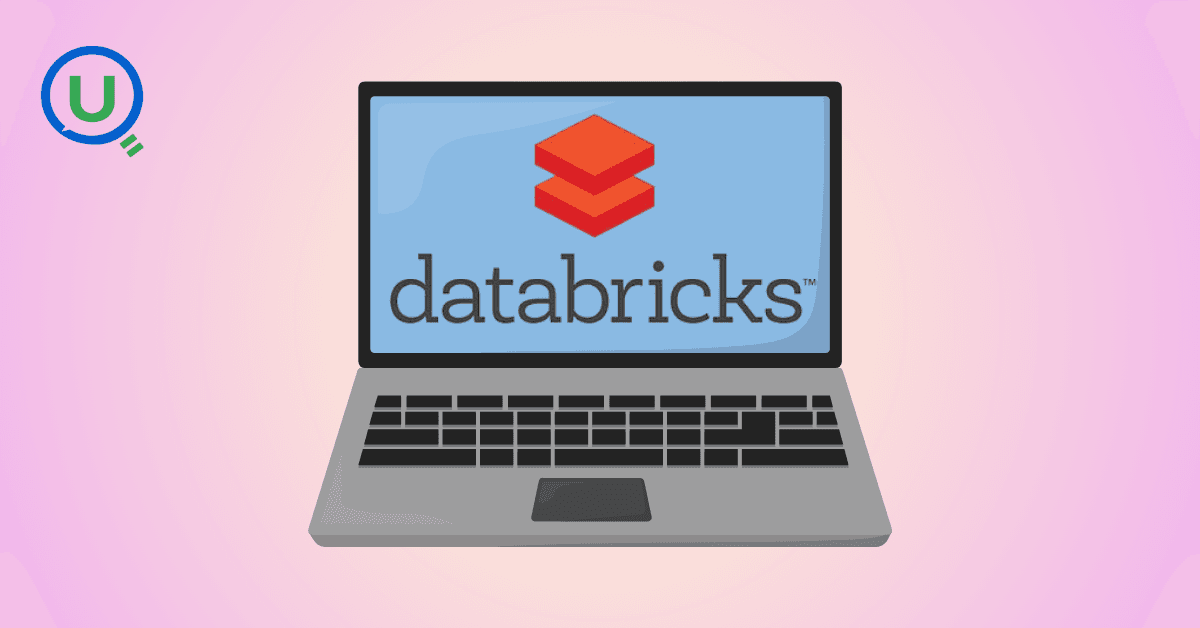
Azure Databricks is a cloud-based data analytics platform that combines the power of Apache Spark with the scalability, security, and ease of use offered by Microsoft Azure. It provides a unified workspace where data engineers, data scientists, analysts, and business users can collaborate.

In today's data-driven world, knowing how to make sense of information is a crucial skill. We’re surrounded by test scores, app usage stats, survey responses, and sales figures — and all this raw data on its own isn’t helpful.

In this blog, we will discuss some of the fundamental differences between AI inference vs. training—one that is, by design, artificially intelligent.

This guide provides a clear, actionable roadmap to help you avoid common pitfalls and successfully earn your SnowPro Core Certification, whether you’re making a career pivot or leveling up in your current role.

"Ever had one of those days when you’re standing in line at a store, waiting for a sales assistant to help you find a product?" In this blog we will get to know about -What is RAG, different types of RAG Architectures and pros and cons for each RAG.

Discover how Databricks and Snowflake together empower businesses by uniting big data, AI, and analytics excellence

How do major retailers like Walmart handle thousands of customer queries in real time without breaking a sweat? From answering questions instantly to providing personalized shopping recommendations, conversational AI reshapes how retailers interact with their customers.